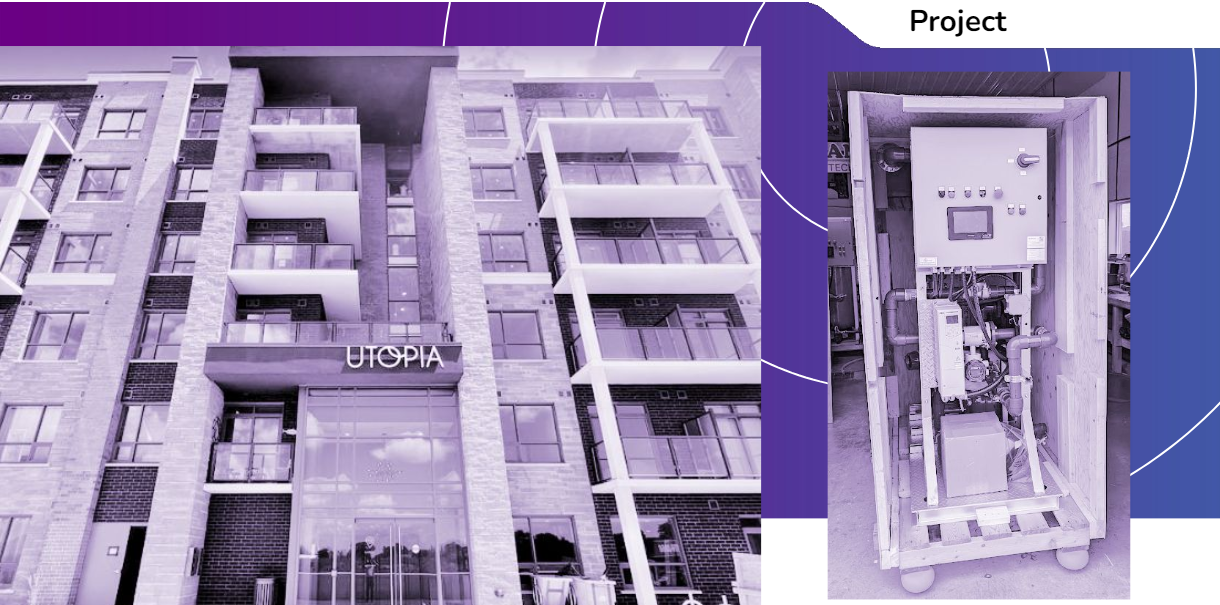Conserving Water And Help Getting LEED Certification

What Is LEED Certification?
LEED Certification, or Leadership in Energy and Environmental Design, is a widely recognized rating system for the design, construction, and operation of high-performance green buildings. Developed by the U.S. Green Building Council (USGBC), LEED provides a framework for identifying and implementing practical and measurable green building strategies.

Information On How Rainwater Collection Can Help With LEED 4.1 Cerification
Outdoor Water Use Reduction - 1 to 2 Points:
To achieve a 50% reduction in water demand compared to the highest demand month, several strategies can be employed. Initially, this can be accomplished by choosing native plant species and enhancing the efficiency of the irrigation system.
Indoor Water Use Reduction - Variable Points:
Potable water savings can be earned by using alternative water sources, ex: Rainwater or Well water
- 1-point for 25% reduction
- 2-points for 30% reduction
- 3-points for 35% reduction
- 4-points for 40% reduction
- 5-points for 45% reduction
- 6-points for 50% reduction
Cooling Tower Water Use - 1 Point:
Use a minimum of 20% recycled non-potable water
Water Metering:
Sustainable Site Credits
2 Points:
3 Points:
Past LEED Points Explained
Reduce energy demands
Utilizing harvested rainwater for non-potable purposes is more energy-efficient compared to using municipally supplied water. This is because municipal water systems require significant energy for treatment and distribution processes. By incorporating harvested rainwater, you can reduce energy consumption and promote sustainability. Supporting green technologies and water conservation efforts helps minimize environmental impact and encourages more efficient use of resources.
Reduce stormwater runoff and non-point source pollution
- Reduce stormwater fees
- Reduce detention pond areas
- Increase usable green space
- Utilize land more efficiently for buildings
- Protect sensitive waterways
Reuse water onsite for nonpotable demands
- landscape irrigation
- green roof irrigation
- pool or pond filling
- vehicle washing
- cars
- fleet vehicles
- emergency vehicles: fire trucks, police cars, ambulances
- lawnmowers
- tractors
- toilet flushing
- clothes washing
- fire suppression
- cooling towers
- cleaning
Implementing systems to collect and utilize rainwater can address various water supply challenges and offer several benefits:
Looking for installation & professionally designed system?
We are proud to be the authorized dealer of Clean Flo Water Technologies Rainwater Harvesting Systems: Rain Seeker, Rain Seeker Maximums, Vida Rainwater Appliance, Clean Flo NSF P151 Potable Roofing and gutters, and much more !
